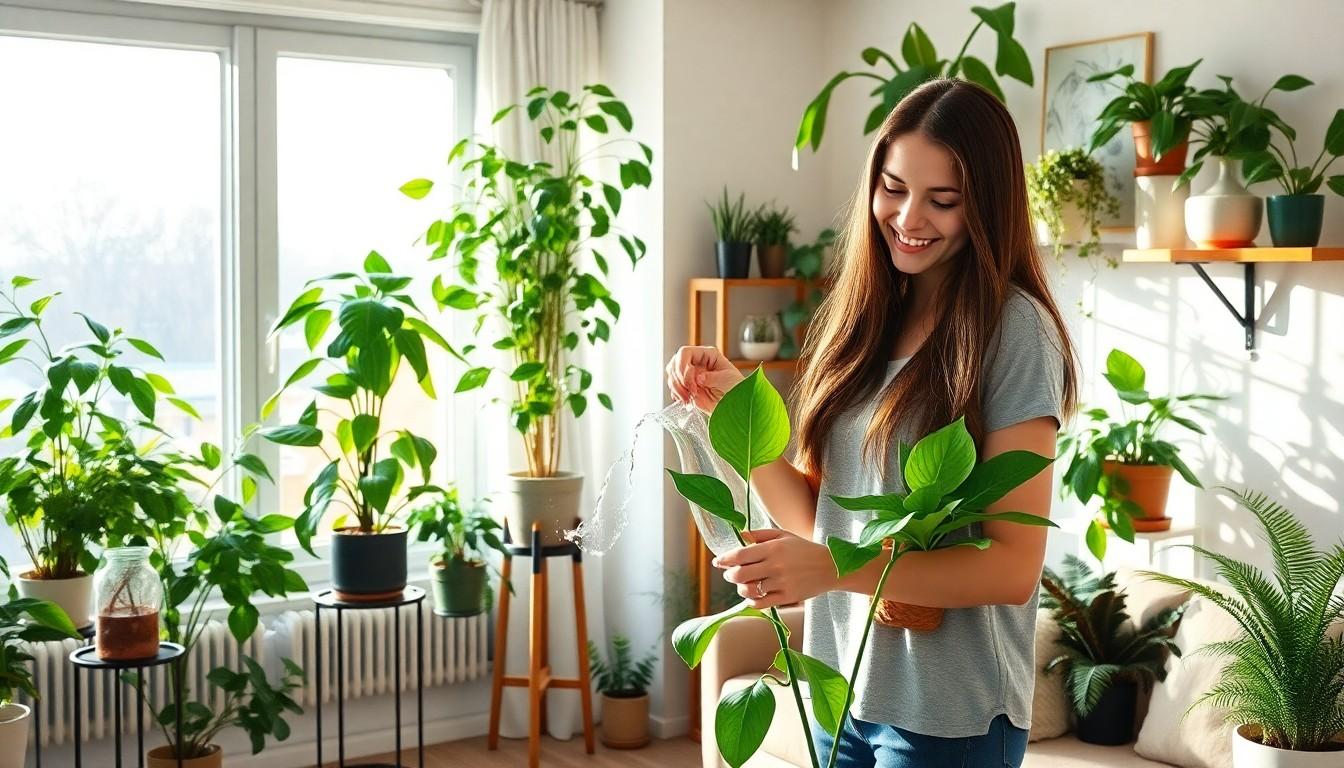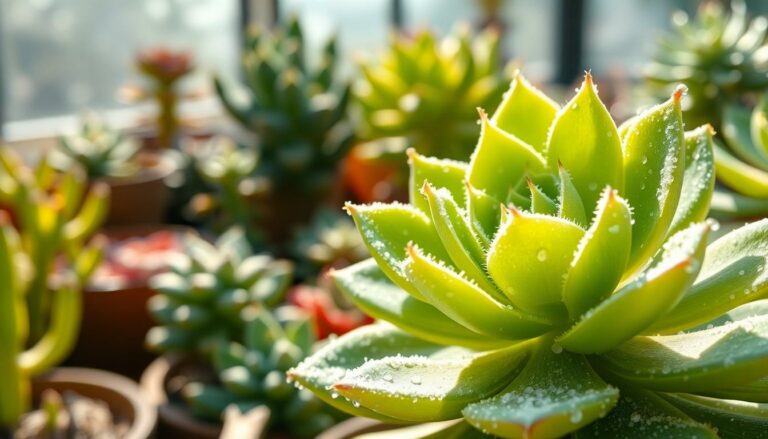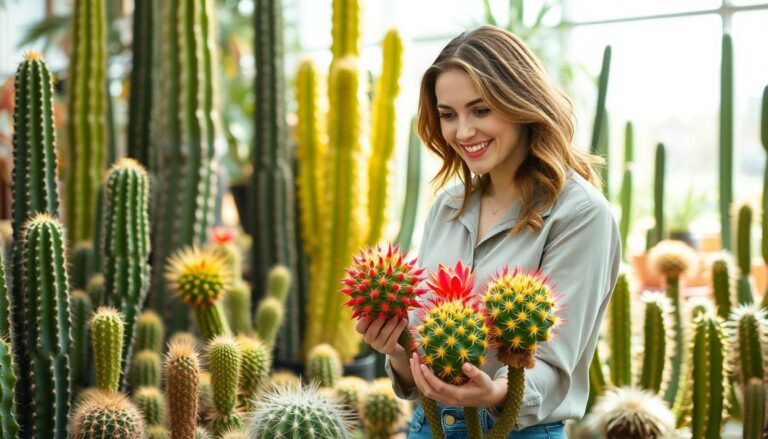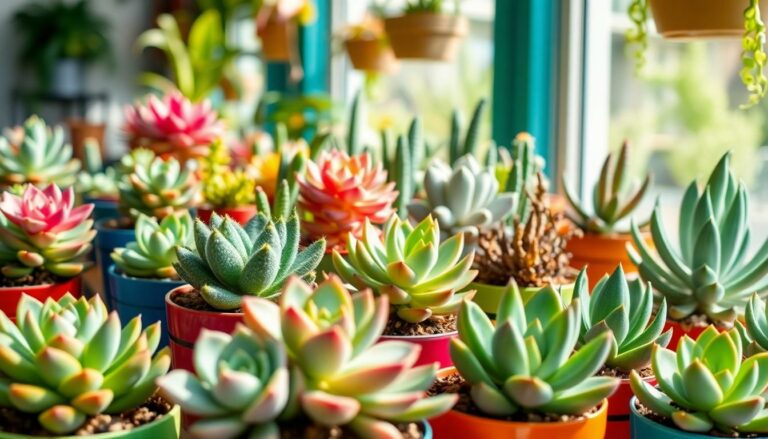Plants can transform a house from drab to fab faster than you can say “green thumb.” But where should they go? The right placement not only boosts your home’s aesthetic but also enhances your mood and air quality. Imagine the joy of waking up to a sun-drenched corner filled with lush foliage, or the surprise of a trailing vine gracefully cascading from a high shelf.
However, not all plants thrive in every spot. Some are sun worshippers while others prefer the shady side of life. Finding the perfect plant placement can be the difference between a thriving indoor jungle and a sad, wilting mess. So let’s dive into the art of plant positioning and discover how to turn your home into a botanical paradise that even your plants will brag about to their leafy friends.
Importance Of Houseplants
Houseplants provide numerous benefits that enhance the quality of life at home. They improve air quality by filtering pollutants, enabling healthier breathing spaces. Research indicates that indoor plants can reduce stress levels and enhance mood, contributing to overall well-being. By incorporating greenery, individuals often experience increased productivity and creativity, making houseplants essential for home offices.
Positioning plants correctly maximizes their positive effects. Light conditions directly impact their health and growth; therefore, understanding each plant’s specific needs is crucial. High-light plants thrive near windows, whereas shade-loving varieties flourish in less illuminated areas. This knowledge prevents potential plant stress and ensures longevity.
In addition to their health benefits, houseplants significantly elevate the aesthetic appeal of living spaces. Complementing design styles with greenery adds a natural touch, creating a warm and inviting atmosphere. For example, tall plants can serve as dramatic focal points, while small succulents work well on tabletops.
Houseplants also connect individuals to nature, especially in urban environments. This connection fosters a sense of calm and tranquility, promoting mental wellness. Engaging in plant care routines cultivates responsibility and mindfulness, enriching daily life.
Incorporating houseplants into various rooms encourages versatility in design and psychological benefits. Placing plants in bedrooms promotes restful sleep, while those in communal areas encourage social interaction. Ultimately, the strategic use of houseplants enhances both the visual and emotional appeal of a home.
Factors To Consider
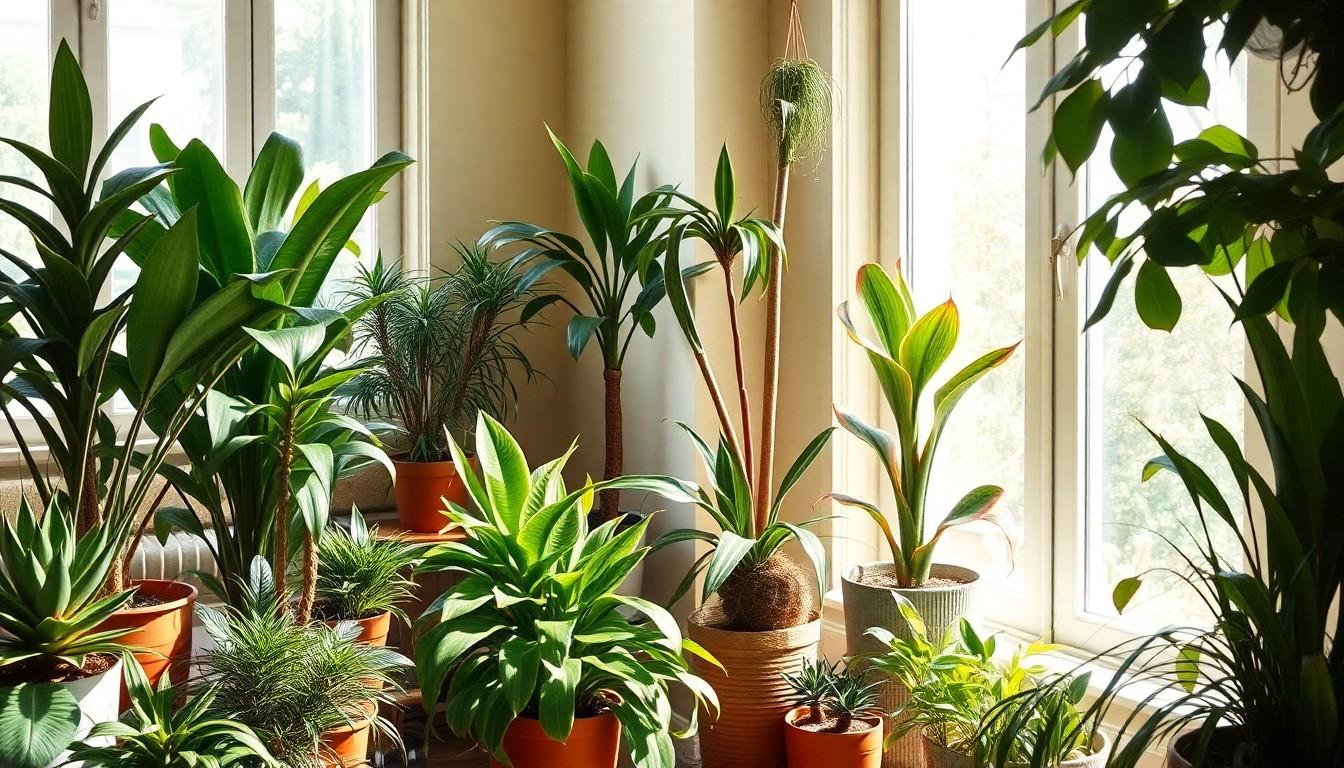
Proper plant placement involves multiple factors. Addressing light conditions significantly impacts plant health.
Light Conditions
Bright, indirect light suits most houseplants. Some plants, like succulents and cacti, thrive in direct sunlight. In contrast, ferns and snake plants prefer lower light levels. Evaluating the room’s orientation helps determine lighting patterns. South-facing windows generally provide the most light, while north-facing ones receive less. Adjusting plant position according to light availability supports growth.
Room Temperature
Optimal room temperature varies by plant species. Tropical plants like warmth, typically thriving at 65 to 75 degrees Fahrenheit. In contrast, some succulents enjoy cooler environments between 60 to 70 degrees. Avoid placing plants near drafts or heat sources, as fluctuations can stress them. Monitoring temperature helps maintain a comfortable climate for plant well-being.
Available Space
Sufficient space is crucial for plant growth. Tall plants require vertical clearance, while trailing plants need horizontal room to spread. Assessing furniture arrangements aids in identifying appropriate spots. Using shelves or plant stands maximizes limited space and allows plants to receive adequate light. Ensuring room to grow promotes healthier plants.
Best Locations For Indoor Plants
Proper placement of indoor plants enhances their growth and the home’s aesthetic. Different rooms provide unique benefits, based on lighting and humidity levels.
Living Room
Living rooms often serve as central gathering spaces. Bright, indirect light works best for most plants here. Peace lilies and pothos thrive in moderate light while adding visual appeal. Corn plants and rubber trees can fill corners, creating height and focal points. Shelves can accommodate smaller plants, like succulents, adding dimension and greenery.
Kitchen
Kitchens offer warmth and humidity, ideal for certain plants. Herbs like basil and mint flourish on windowsills, providing fresh additions to cooking. Spider plants increase air quality in this often-busy area. Additionally, placing smaller pots near the sink encourages easy access to water. Consider using vertical planters to maximize space and bring joy to culinary tasks.
Bedroom
Bedrooms benefit from calming plant choices to enhance relaxation. Snake plants and lavender provide soothing effects, promoting restful sleep. Placing them on nightstands or dressers keeps them within reach. A trailing plant like string of pearls can soften hard surfaces, adding a touch of nature. Ensure dim lighting suits each plant’s needs, avoiding overly bright spots.
Bathroom
Bathrooms create a humid environment that some plants adore. Ferns and bamboo palms thrive in these conditions, enhancing the space’s tranquility. Placing plants on ledges or shelves maximizes limited space while improving air quality. Using hanging planters can add visual interest without cluttering surfaces. Additionally, low-maintenance plants offer a practical solution for this often-neglected area.
Tips For Arrangement
Proper arrangement of plants enhances both aesthetics and functionality in a home. Use grouping, height variation, and shelves to create a harmonious indoor garden.
Grouping Plants
Grouping plants together creates a striking visual impact. Consider combining plants with similar care requirements. For instance, a collection of tropical plants thrives in warm, humid environments. Positioning smaller plants, like succulents, near larger tropical varieties can create a layered effect. Additionally, using plants with varying foliage colors and textures adds depth and interest. This grouping approach not only beautifies spaces but also simplifies care routines.
Height Variation
Height variation enhances visual dynamics in a plant arrangement. Tall plants, like rubber trees, naturally draw the eye upwards. Smaller plants, such as snake plants or pothos, balance the composition. Placing taller plants in the back and shorter ones in the front ensures all plants can be appreciated. Incorporating plants of differing heights fosters an engaging environment, making the space feel more vibrant. Using plant stands or pedestals can further emphasize height differences, creating visual appeal.
Utilizing Shelves
Utilizing shelves provides a practical solution for limited space. Plants on shelves can become focal points in any room. Consider different shelf heights to showcase plant variety effectively. Wall-mounted shelves work well in small areas, allowing for vertical growth and maximizing light exposure. Arranging plants of varying sizes on shelves encourages interaction and appreciation. Additionally, this strategy enables easy care and watering while maintaining an organized look.
Conclusion
Creating a vibrant indoor environment with plants is more than just a decorative choice. Thoughtful placement can significantly enhance the mood and air quality of a home. By considering light conditions temperature and available space homeowners can maximize the benefits of their houseplants.
Whether it’s a lush corner in the living room or a serene bedside arrangement in the bedroom each plant has its place. With the right strategies in mind anyone can transform their living space into a flourishing botanical paradise that promotes well-being and connection to nature. Embracing the art of plant placement is a rewarding journey that brings beauty and tranquility to everyday life.

